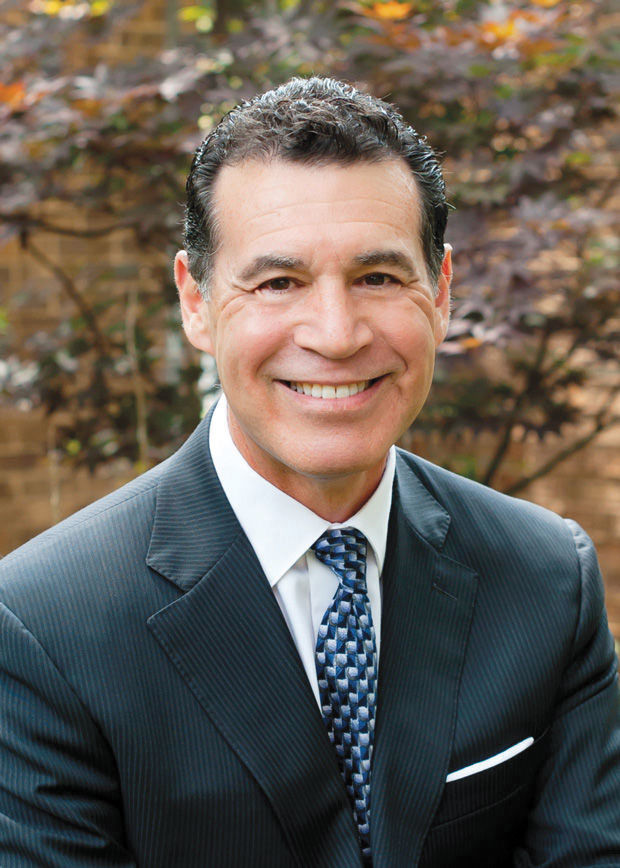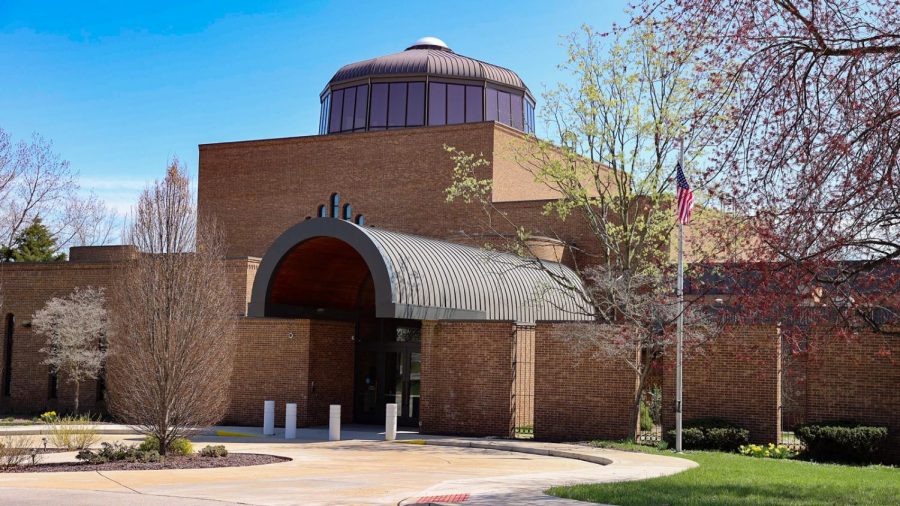D’var Torah: Moses’ song marks our path to a better future
Published September 16, 2021
Parashat Haazinu (Deuteronomy 32:1-52) finds Moses calling on heaven and earth to witness his words. Moses begins by thanking the Almighty and describes the special care afforded the people of Israel.
To his disappointment, the people have consistently spurned the new customs and laws. Their diffidence or hesitance to accept the social structure designed for them has resulted and will continue to result in dire consequences for their and future generations.
Jewish visual symbols not only reflect the interaction of words and images, but the Jewish people also have, since the formation of this Am Kadosh — holy people — used symbology as one of its key mnemonic and interpretive tools that has helped the Jewish people survive and thrive for 4,000 years. These visual symbols hold a people’s memory, its values and its aspirations. Visual symbols remind us of significant points that must be maintained and taught so that the next generation may use them as guides in understanding the origins of practices, customs and laws.
At the same time, these visual symbols can remind us of how our ancestors dealt with challenges great and small and inspire us to face our challenges in a prescribed fashion in pursuit of positive outcomes that improve our condition and the conditions of future generations.
Such is the image of the two columns of Moses’ “song” or final words to the Israelites. Throughout Deuteronomy, we have been preparing to receive an essential rule by which we must govern our lives. This essential rule can be presented in one word: choices.

In the suite of Parshiot (N’tzavim, Vayeilch and this week’s Haazinu), we are given clues as to how to set ourselves up to make our best choices, according to our ancestors:
N’tzavim: We “stand or set ourselves.” We align ourselves with our people and our heritage through study, learning (together) and practice.
Vayeilech: We “move” as one body, fueled by the collectively negotiated knowledge of what our goals are and what impediments may arise.
Haazinu: We “listen” to ourselves and those around us openly, respectfully and, when the time comes, we hear the call to our future prepared to help make that future not only better for us but for the generations not yet born.
Choices, consequences, humility (which in no way indicates frailty, but the contrary), gratitude. These connect for us as we formulate our moves and execute our movements.
Moses left us with the ultimate gift from the Almighty, the ability to choose to work with the Almighty and nature, creating a path toward a better future.
You will see in the Torah scroll that the two columns of Moses’ Song are bordered by two symmetrical paragraphs. There are many interpretations as to why this is so.
This year, I hope we can consider the top paragraph as our birth: a gift from heaven and made possible by the those who came before us and are with us in our birth.
I hope that the bottom paragraph will remind us that when our life on earth is over, we will return to the source of our creation and be held as a symbol for all that can be good in the world.
We cannot choose when, where or how we are born, nor can we choose exactly when, where or how we die. Between those two indisputable points, our choices will make all the difference.
Cantor-Rabbi Ronald Eichaker serves United Hebrew Congregation and is a member of the St. Louis Rabbinical and Cantorial Association.
















